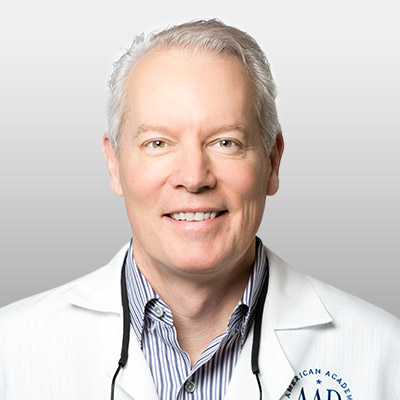Has this ever happened to you? You head to the pharmacy to pick up your medicine, only to find it costs 10x the amount you expected? Instead of leaving with a filled prescription, you leave frustrated and shocked at the $400 total.
Some drugs cost hundreds (even thousands) at retail, so what should you do when a prescription is just too expensive?
Luckily, there are a few things you can try to bring down the cost.
Note: These strategies won’t work every time. Drug prices change daily (yes, daily!), so we can never guarantee when you’ll be able to save. But they’re worth trying!
1. Call the pharmacist to check for alternatives.
The first step to lowering the cost of your prescription is talking to the pharmacist. Ask them to call your doctor with a list of alternative medications that may cost less. Drug prices change rapidly, so your doctor usually won’t be aware of the prices of each medication. However, if the pharmacist has alternatives, the doctor may be willing to prescribe a lower-cost option.
Don’t assume those savings will come by asking for the generic brand of your prescription. Generics aren’t always the less expensive option. Often, manufacturer’s coupons to use with your non-government insurance can lower the cost of a name-brand drug below the generics price.
Related: Your Top Insurance FAQ’s Answered
Also, the type of medication can make a difference. For example, a pill may cost less than a tablet. If the dosage levels work, this could be another source of savings.
Your pharmacist should see all of these options. If they are willing to do a little intervention with your doctor, you could save significantly.
2. Call the insurance company.
If you can’t get a hold of your pharmacist (or if they aren’t willing to help), call the insurance company directly. An insurance agent should be able to provide you with a list of comparable alternatives that your policy covers.
Then, call your doctor to see if they’d recommend any of these. Remember, this is only if your pharmacist is unhelpful or unwilling to give you a list of alternatives.
3. Consider a specialty pharmacy.
In some situations, you’ll need a specialty pharmacy to find your medication at the right price. We often send patients to Your RX pharmacy because of the deep discounts they offer. They keep track of all available coupons, and do the prior authorizations and paperwork necessary to get the prescription approved by insurance companies. Then, they ship the meds directly to your house for free.
If you’re in college or an avid traveler, this is a great way of getting prescriptions while you’re away from home.
Related: 5 Questions Every Patient Should Ask Their Dermatologist
You may not be able to get a same-day prescription filled at these specialized companies, but they save you money and the hassle of finding deals. You won’t find that kind of service at a regular pharmacy.
4. Check out GoodRx.com.
Sometimes you can get a prescription cheaper without your insurance. How is that even possible? GoodRx.com allows you to find and use coupons that could save you more than your insurance discount.
These deals work at any pharmacy, but not many people know about the incredible savings that await them with this free tool. Here’s how it works:
- Visit GoodRx.com and type in the name of your prescription.
- Choose your location.
- Choose the brand, dosage, type of medicine, and quantity.
- Then, scroll down to find the local pharmacy with the best price and click “Get Coupon.”
- The coupon comes up automatically. Now, you can either print it out or just show it to the pharmacist directly from your phone.
- GoodRx also has an iPhone and Android app you can download, allowing you to search on the go!
No patient wants a prescription that breaks the bank. So next time you stumble back from the pharmacy counter in sticker shock, take a deep breath and see if one of these tips works for you!

Dr. R. Todd Plott is a board-certified dermatologist in Coppell, Keller, and Saginaw, TX. His specialization and professional interests include treating patients suffering with acne, identifying and solving complex skin conditions such as psoriasis, rosacea, atopic dermatitis, and identifying and treating all types of skin cancers. In his spare time, Dr. Plott enjoys cycling, traveling with his wife, and spending time with his children and new grandson.
Learn more about Dr. Plott.

